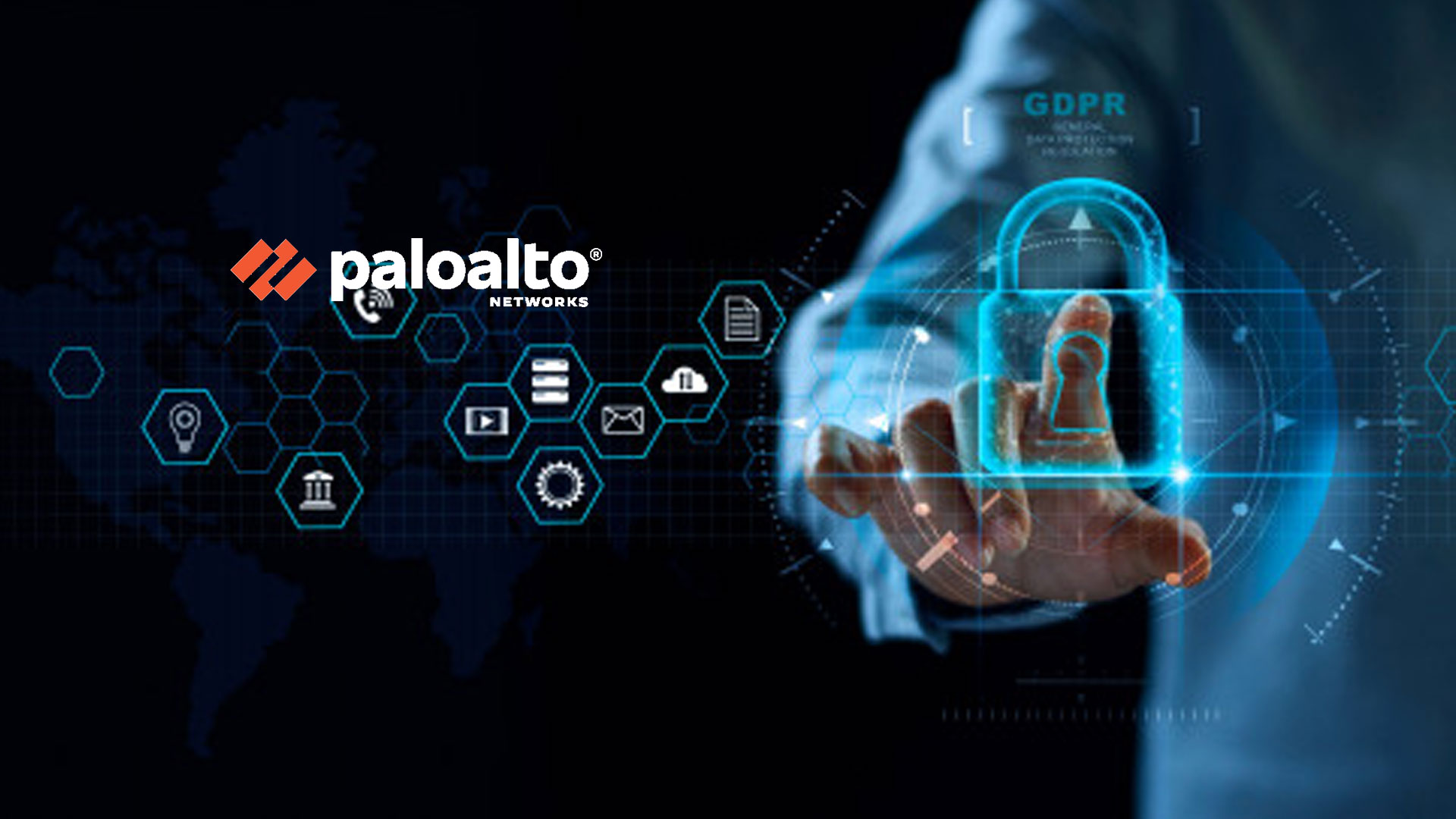Malware is a short form of malicious software. It’s a computer program intended to infiltrate the system of a bonafide user cause harm to the device in question. This program can infect not just computers but also devices in numerous ways. The malware appears in various forms, and people should be educated on how to spot malware and safeguard devices from falling prey to an attack.
Now you must be wondering what malware actually is. To be honest, malware has many faces and any typical computer virus is actually a kind of malware. Why are they called Malware, you may be wondering? Akin to how a microbe spreads, these malware replicate quite fast and their transmission rate is quite high.
Moreover, other kinds of malware, like spyware; are named according to their nature i.e. transmitting personal and sensitive information of customers to hackers and other criminal parties involved. Personal IDs, card numbers, CVV codes, and important business data are targets of a malware attack.
Malware is usually a part of a criminal outfit.
A lot of people often demand a subjective answer to the question ‘of what malware actually is all about. however, what they should be asking is ‘Who creates malware?’ and why. Previously, pranksters’ used malware just to play a trick on a friend. but now, malware creation is the game of seasoned professional cyber crooks.
These crooks can deploy a variety of complex tactics. Sometimes, as noted by renown research bodies, cyber crooks have often locked their computer data safely with the help of malware. This makes information impossible to access and then eventually the cyber crooks ask for money from victims for getting the data back. Thus, malware can be used for a ransomware attack. These attacks have risen in number recently.
What is the main risk with a malware attack?
The main risk, as determined by team leads from a cheap DDoS protection service provider based in New York City, is that cyber crooks are mainly responsible for the theft of online banking information, which is then sold in the black market. The cyber crooks may steal money from user accounts, use accounts for fraudulent/flimsy/undesirable transactions or pay bills their name. They can also sell the target’s information to other cybercriminals looking for confidential data.
What can be deployed as to protect against a malware threat?
How does a person ensure that their computer, internet connection, internet network (or both) stay protected from a possible attack? The solution is two-prong: due diligence and protective tools.
Cybercriminals often use email to launch malware attacks. Vulnerable victims click on these emails without giving a second thought since these emails look innocuous or look as if they are from a familiar source, such as from a bank, organization, apparel store or a friend or family member.
Each firm, whether it is a bank, email service provider, internet service provider, investment management company or a retailer, periodically sends reminders to their users, advising them to be aware of emails asking them to provide passwords. Moreover, emails that are disguised as coming from a friend, with a clickbait messaging tactic like ‘check out this great site’ and vice versa, with a link, indicates disaster.
First and foremost, people should have awareness about malware attacks and stay on their toes at all times. However, personal vigilance is never enough. Why? Because security deployed by businesses is not faultless. As a matter of fact, even legitimate downloads from high DR websites can turn out to be spam.
This indicates that even the most vigilant of users can come under an attack and until preventive measures are taken, such as the installation of anti-malware and antivirus software, people will continue to fall prey to attacks. A lot of people were often sceptical about antivirus software, perceiving it as a scam for money. In reality, antivirus software is no longer a scam, it is a necessity.






